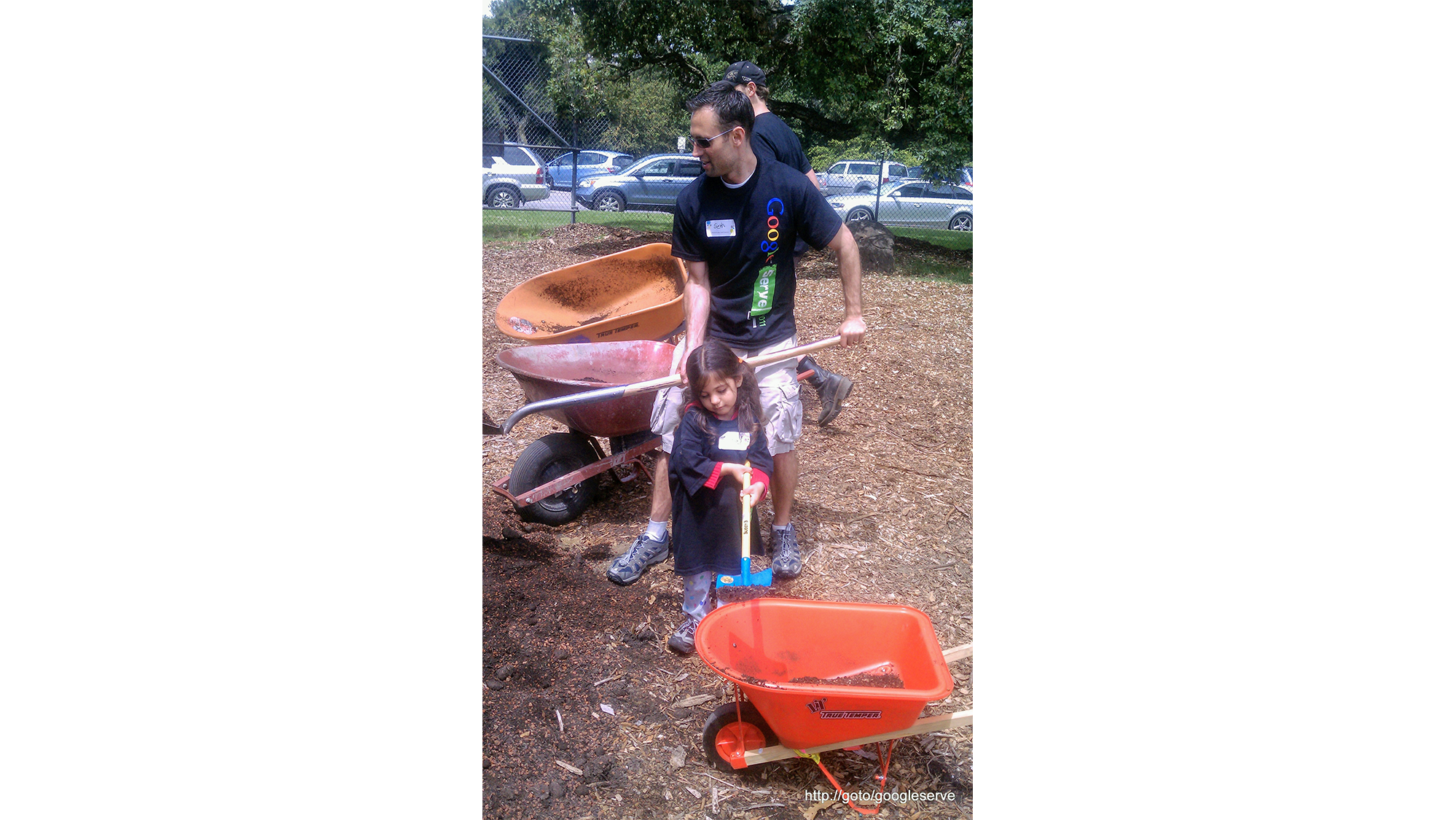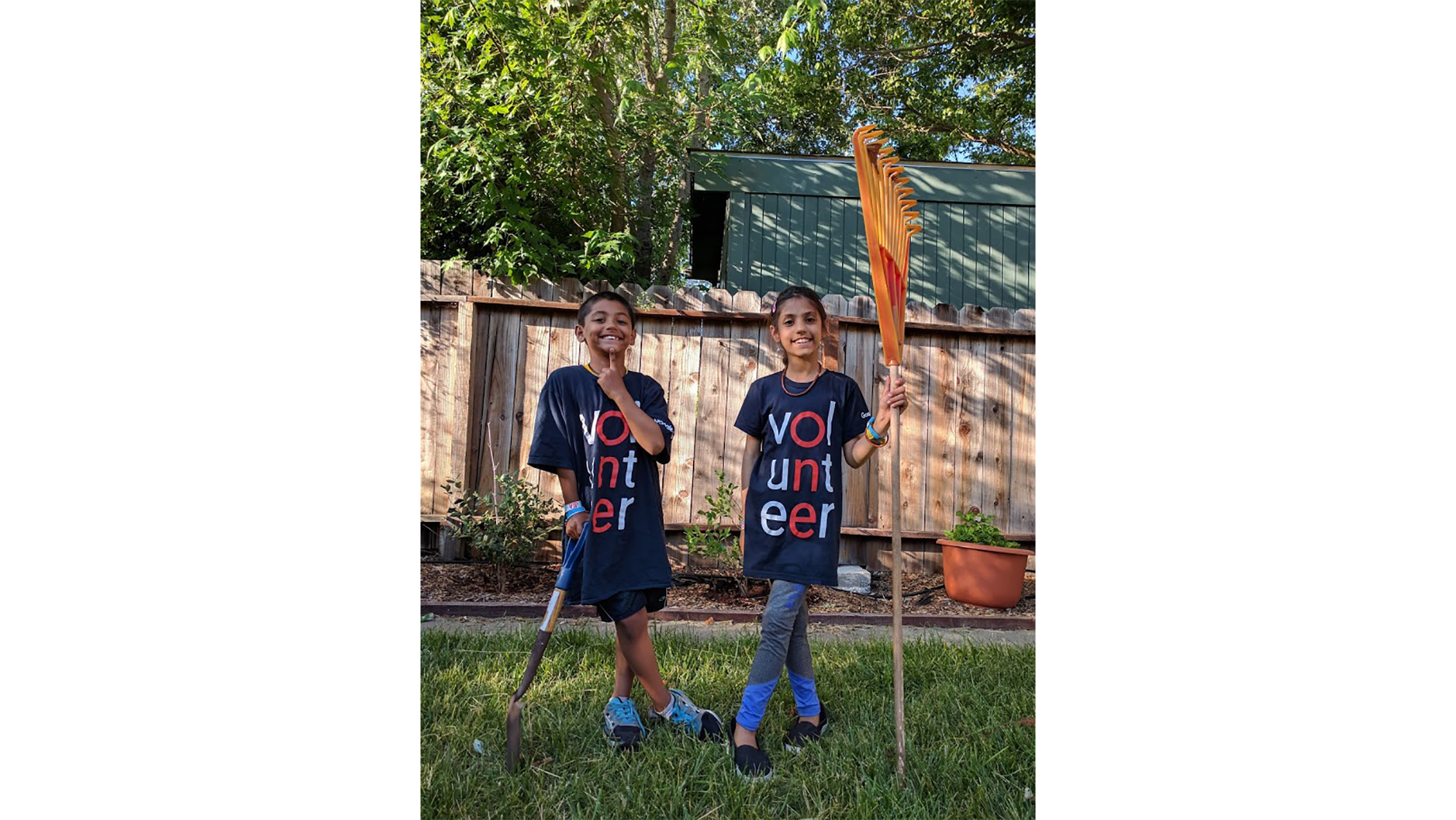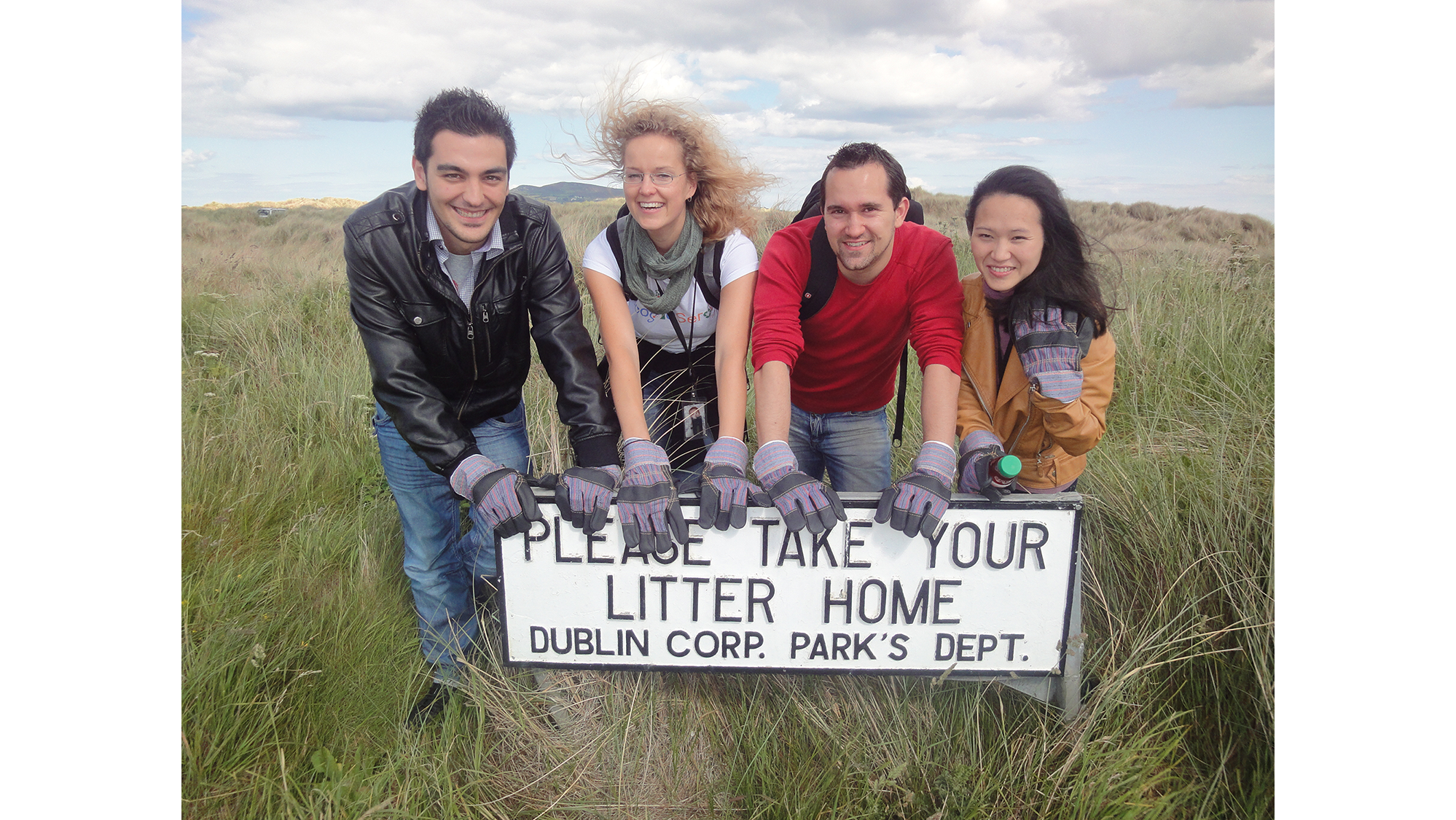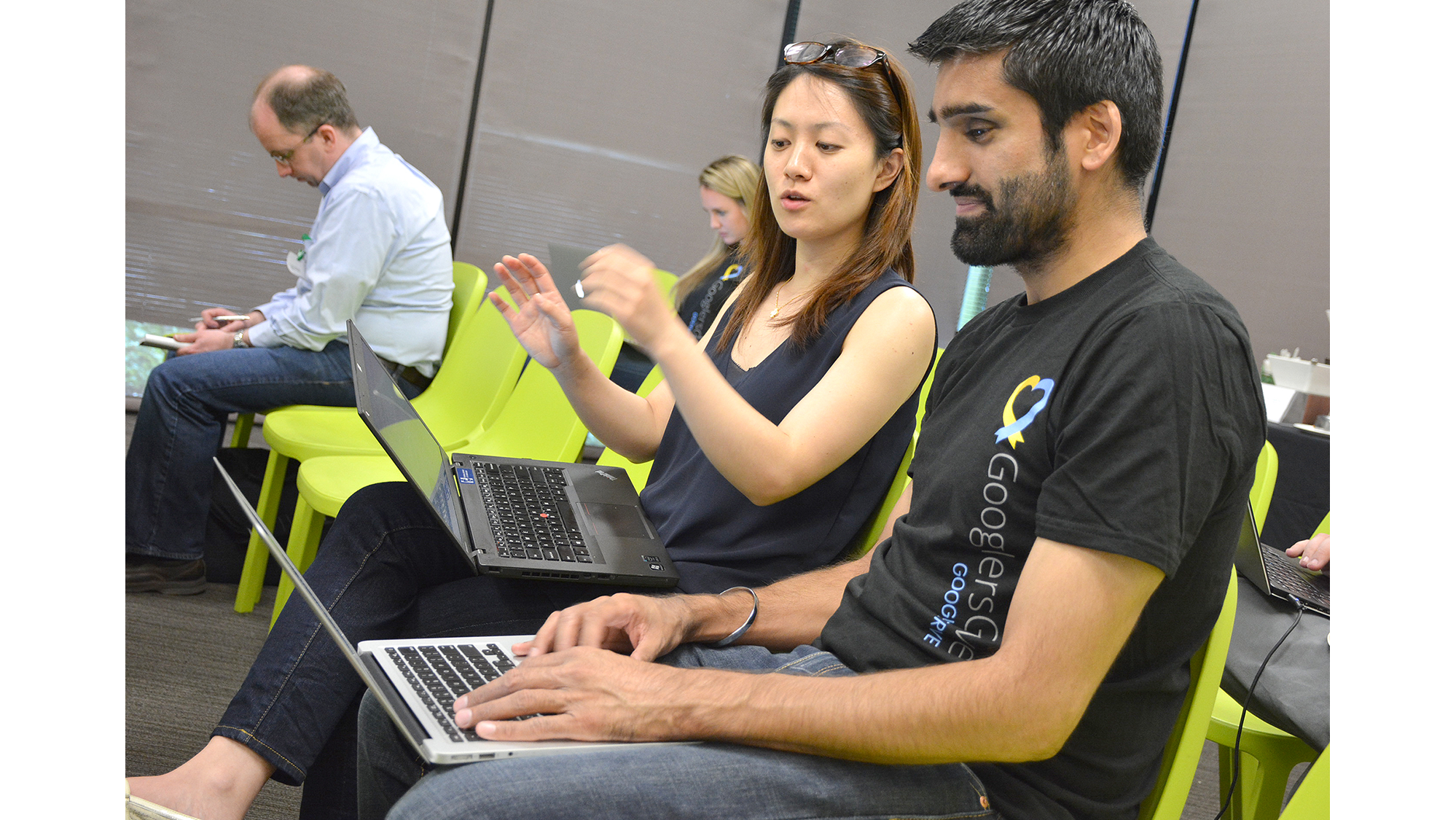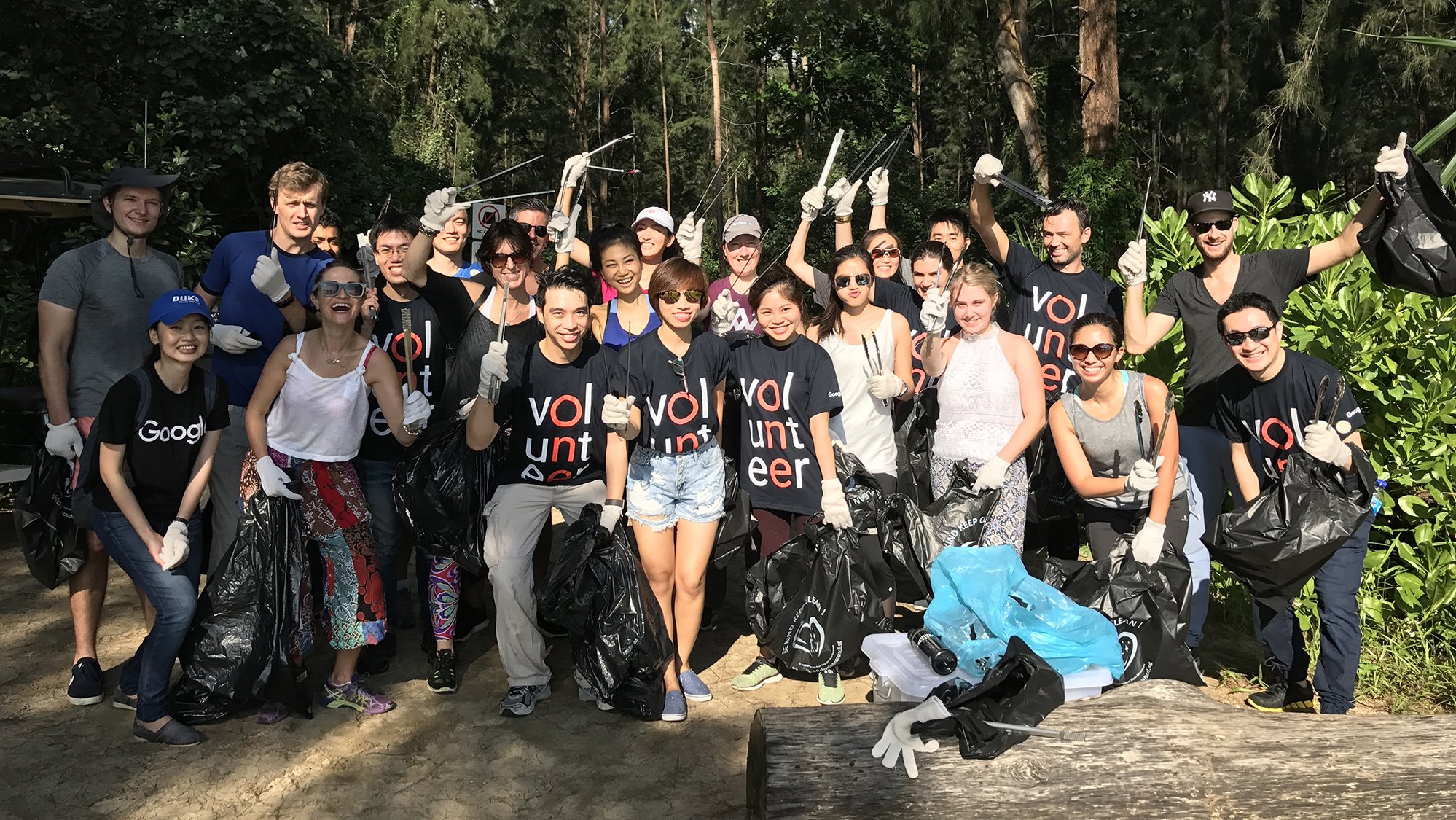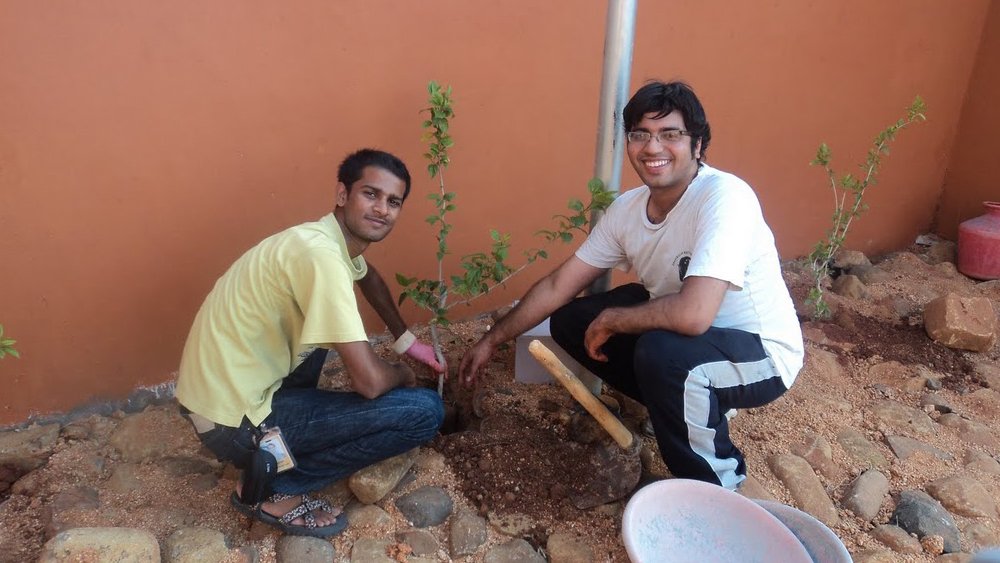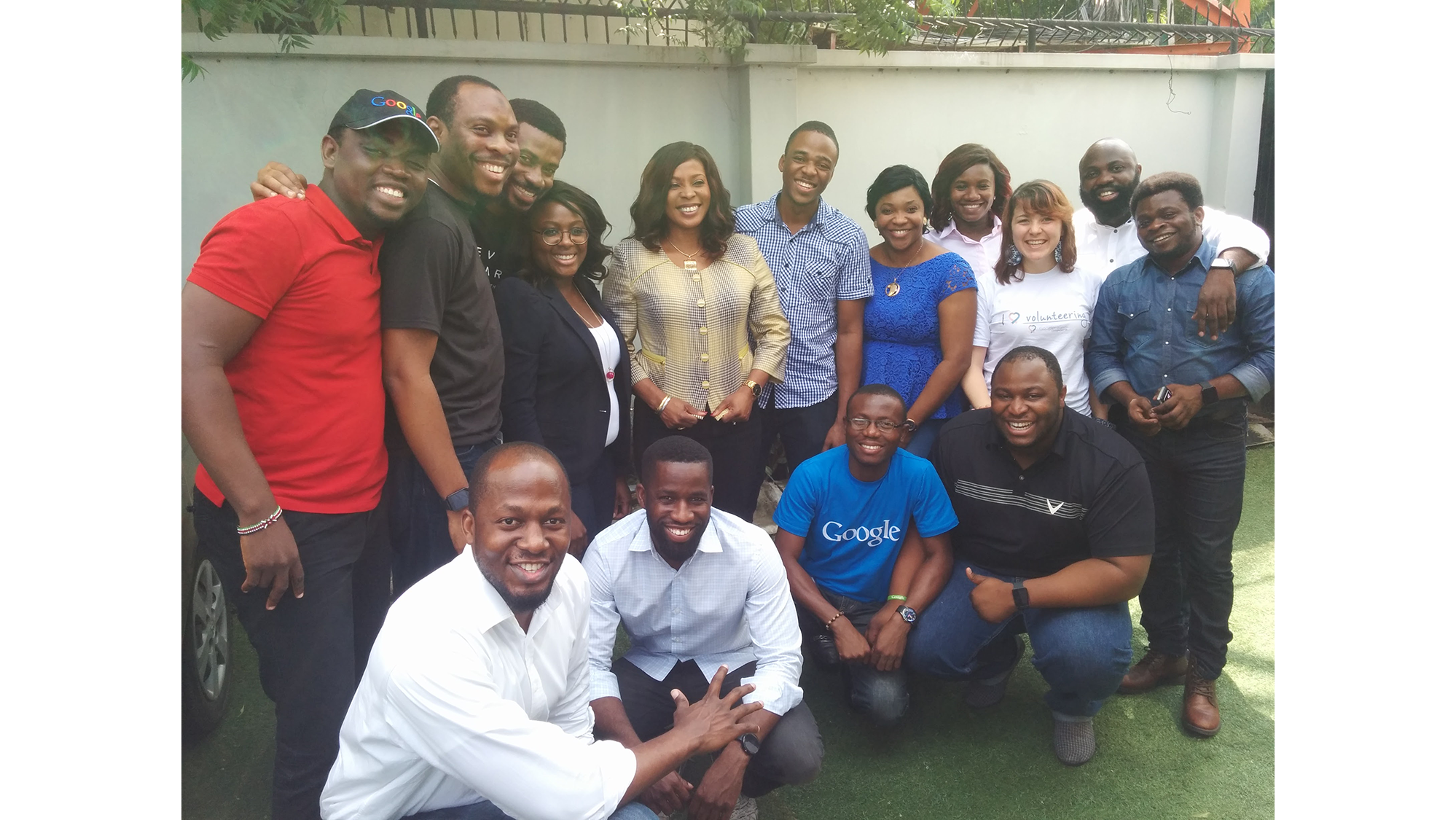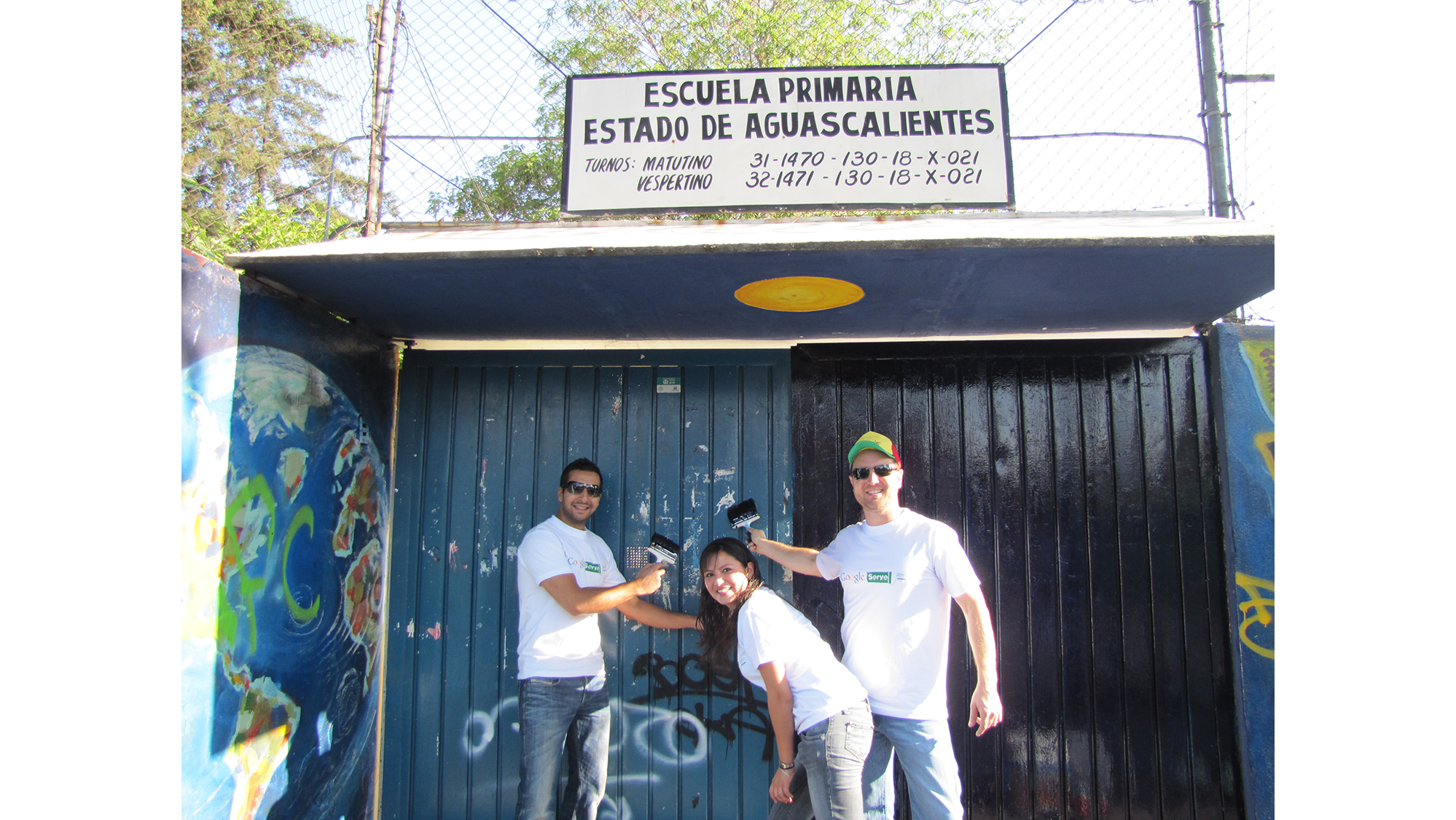Every June, we celebrate GoogleServe—a month-long campaign to empower Googlers to volunteer in their communities. Googlers have clocked more than 200,000 hours during GoogleServe since it first began in 2007, and the program has inspired a culture of giving and volunteering all year long. As we celebrate our 10th annual GoogleServe, we’re talking with Seth Marbin, the Googler who first came up with the idea.
Keyword: How did the idea for GoogleServe come about?
Seth: I joined the Search Quality team at Google 11 years ago. I was inspired by the company’s culture, social mission, and the belief that any employee could dream up the next big idea. In 2007, our VP of Culture Stacy Sullivan asked Googlers for ideas on how to maintain our unique culture while the company doubled in size. My work with AmeriCorps and City Year taught me that volunteering can bring people together and break down social barriers, so I proposed a global day of community service (which I called Google-palooza!). Googlers jumped on board immediately, and 3,000 Googlers from 45 offices participated in our first GoogleServe.
How has GoogleServe changed over the years?
Well, for starters, it’s a lot bigger! And it’s inspired Googlers to serve beyond the month of June. Googlers now volunteer a quarter of a million hours each year outside GoogleServe, through Google.org programs.
We still provide hands-on help to schools, soup kitchens and homeless shelters, but we’ve evolved GoogleServe to connect Googlers’ professional expertise to nonprofit and community needs. For example, software engineers participate in hackathons, and our recruitment and staffing teams review resumes and conduct interview skills trainings for people who are unemployed or underemployed.
There are 20,000 Googlers volunteering this month. How do you pull off such a massive undertaking?
We work with great partners who ensure that our volunteers have meaningful experiences. For example, HandsOn Bay Area—which helps Googlers find volunteer opportunities—has been a fantastic and committed partner from the beginning. When we came to them in 2012 with 5,500 Google volunteers, we maxed out their capacity to help. They didn’t have the infrastructure to deal with a group of our size, but over time they adjusted and scaled their model so that they could continue working with us. It’s been such a pleasure to watch their evolution, because we wouldn’t be able to run GoogleServe without them. Our partnership was even written about as a case study for Harvard Business School.
What have been your favorite projects over the years?
My favorite projects tap into Googler expertise, align with our company values—like supporting women in tech—and have a lasting impact. U.S. Googlers have volunteered with schools and nonprofits to host Made with Code events, inspiring thousands of girls to consider careers in computer science. In two days of coding, 10 Googlers helped the OpenAustralia Foundation give two million people access to Planning Alerts, which notify residents about local construction and demolition projects. And a team of Googlers in our Seattle office helped launch a mobile app to enable RealChange homeless newspaper vendors to accept digital payments.
How has GoogleServe impacted Googlers?
I’ve found that many Googlers start out with one GoogleServe project and then discover a deeper passion for serving the community. Rebecca Howarth, who helps lead GoogleServe in the Bay Area, told me it’s the single most important part of her career at Google—and it’s not even her “real job.”
For some Googlers, the impact has been so great that they’ve committed their careers to community service. In 2012 Megan Wheeler joined our team as a 20 percenter (Googlers can dedicate 20 percent of their time, outside of their day job, on projects that they’re passionate about), and now she runs the program globally as part of her full time role on the Google.org team.
And it inspires others to continue to serve beyond Google. Former Googler Tory Faries participated in a GoogleServe project in 2010, helping to paint a youth homeless shelter in San Francisco. She was so inspired that she became a weekly volunteer at the shelter. Years later, she has helped to build and lead the global volunteer program at Airbnb.
How has GoogleServe influenced Google’s culture?
When Stacy sent out her email 10 years ago, I believed that a commitment to community service would keep our culture strong no matter how big the company became, and I still believe that today. GoogleServe connects Googlers to causes and community organizations they care about, but it also connects them to other Googlers they wouldn’t have met otherwise. Those bonds are the reason people continue to volunteer with us, and why GoogleServe has become such a big part of our company culture.
Why have you dedicated your career to service?
Community service has always been a part of my life. My wife and I met doing community service and we even incorporated it into our wedding! Before the ceremony, our guests planted seeds on an organic farm that grows food for low-income families. And my kids are a part of GoogleServe too—my daughter Kaia was born just before the first GoogleServe and she and my younger son Jahan have attended a GoogleServe project every year.
So while I’ve always had a passion for service, being a part of the GoogleServe founding team and Google.org honed my life’s mission: to serve and help others serve, to build a better, more compassionate, inclusive, peaceful and just world. I feel incredibly fortunate to work on this every day at Google with an amazing team of passionate colleagues.
What’s your advice for people outside of Google who are interested in starting a volunteering program at their company?
Launch and iterate. Don’t wait for all the details—just get your idea out there and invite others to join in. Volunteering is good for company culture, good for our communities, and good for the world. There’s a growing movement of social intrapreneurs and entrepreneurs working to create positive social change, and there are many case studies and guides that can help anyone create change in their local community.
